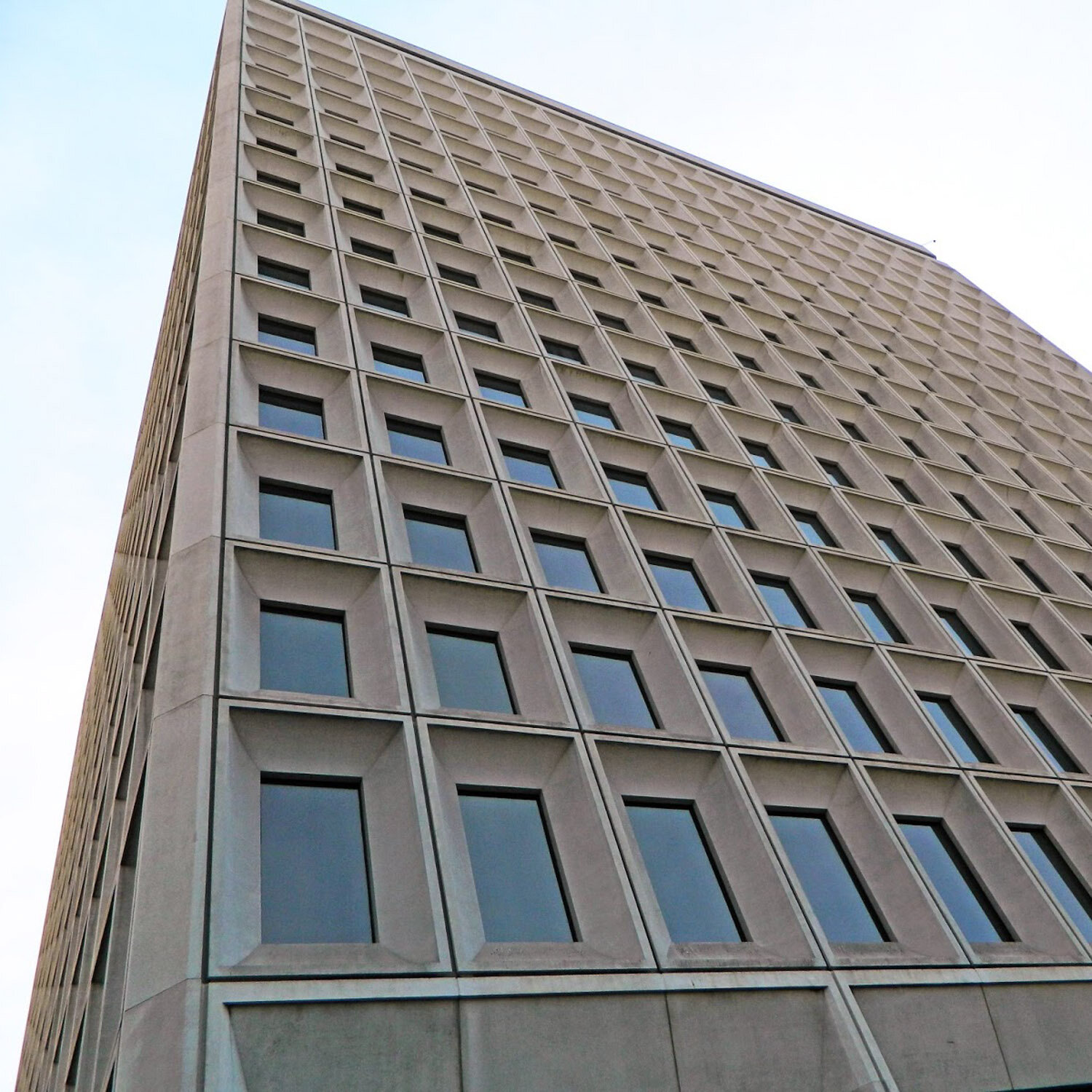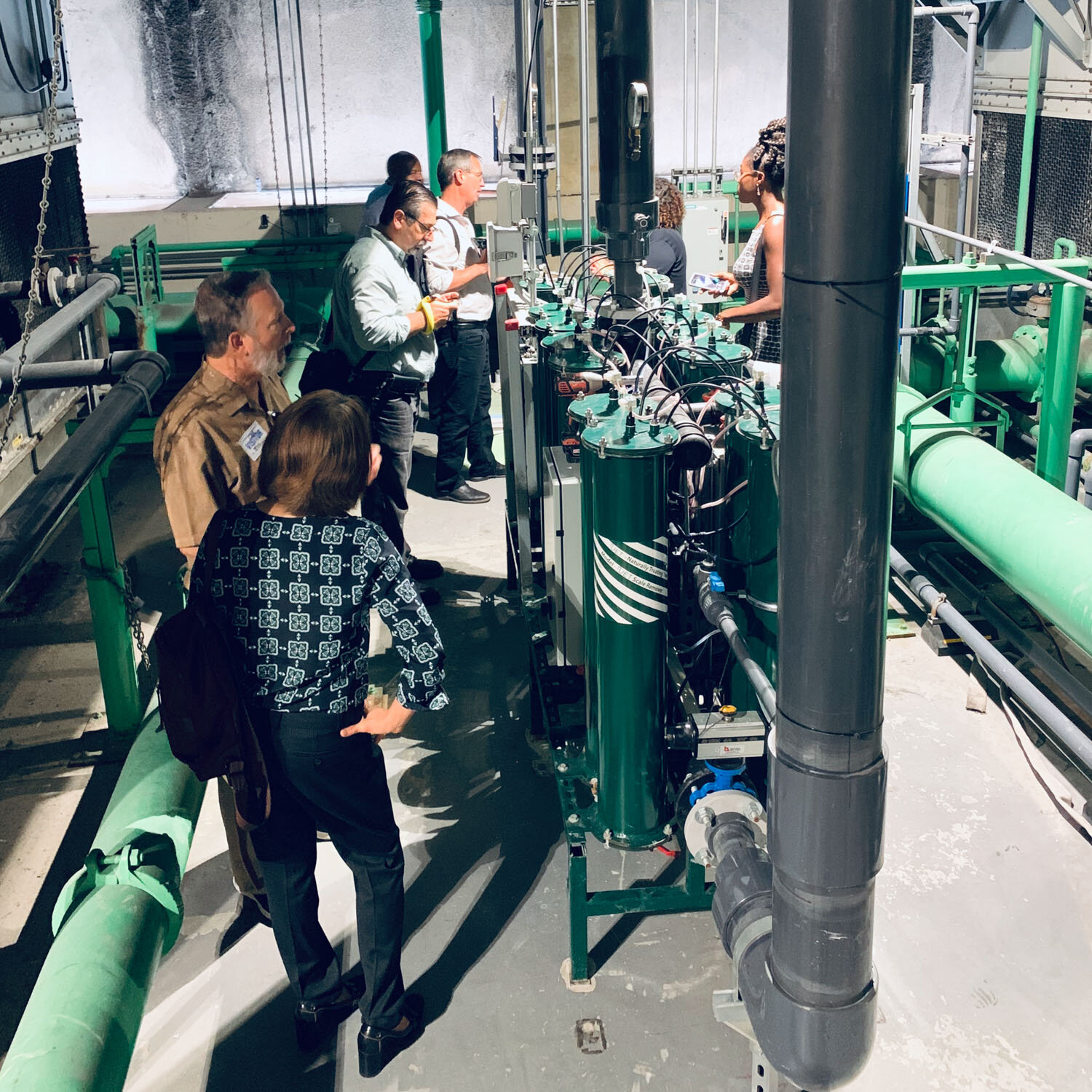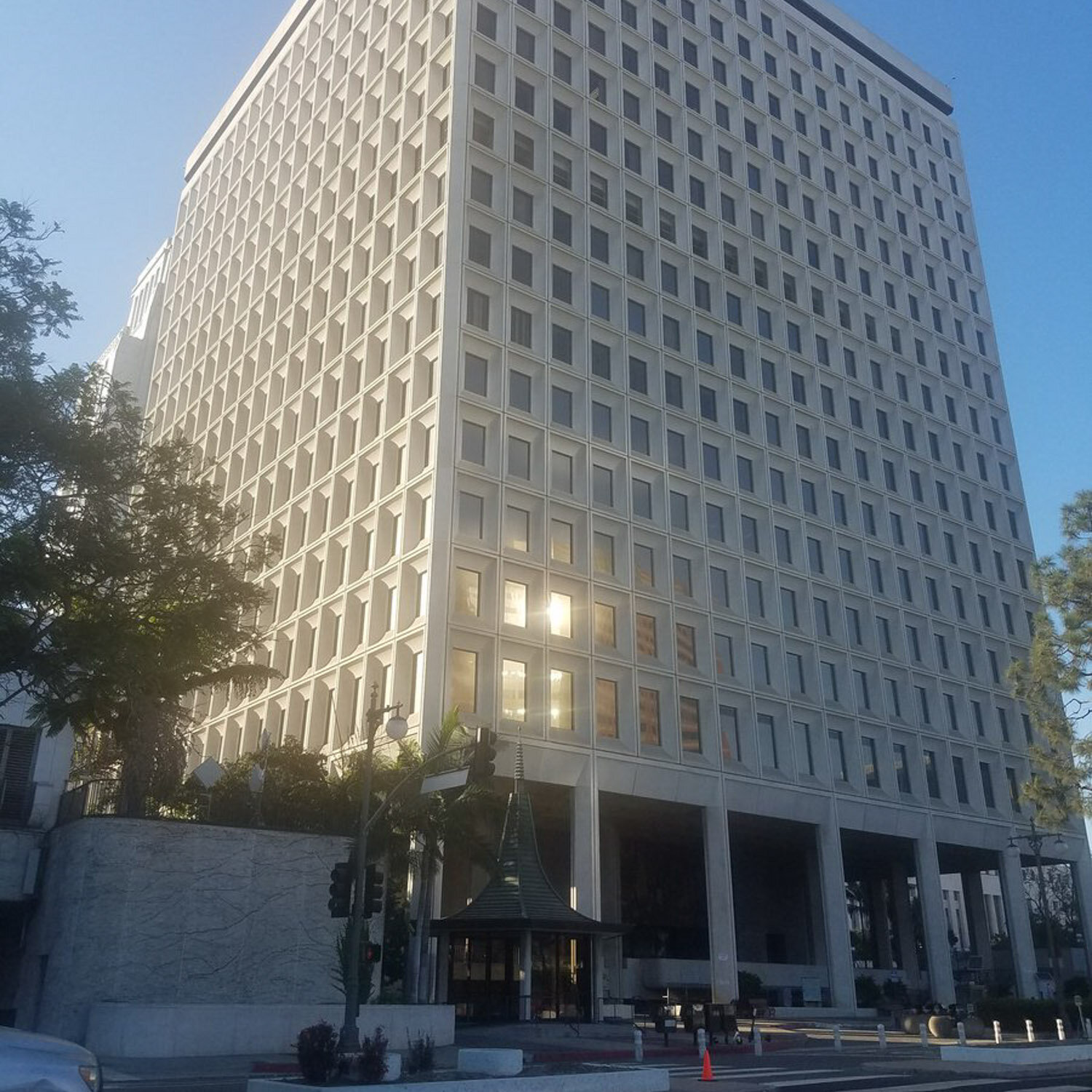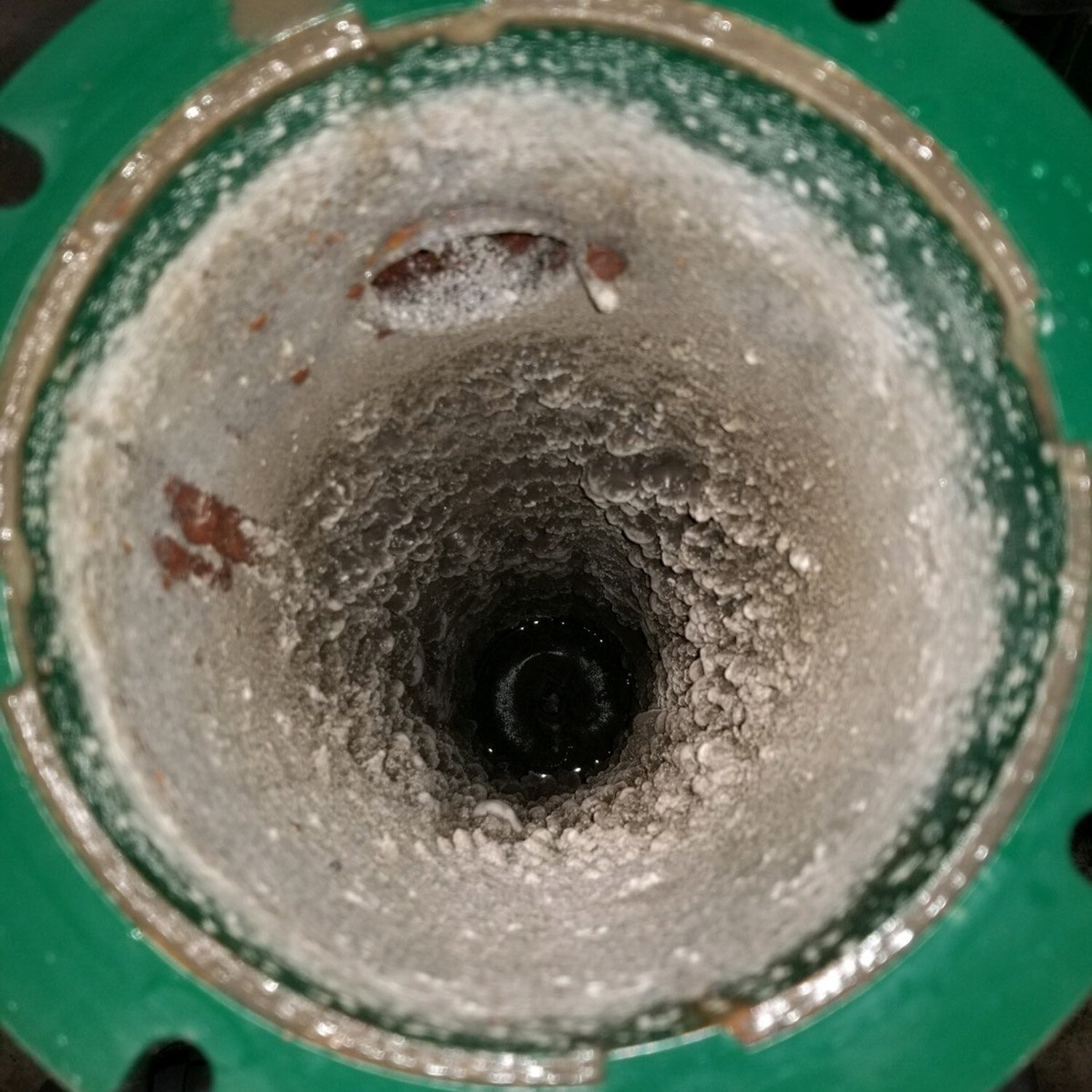City Hall East achieves 20% Water Savings and 85% Reduction in Sewer Charges Through Electrochemical Water Treatment System
20%
Water Reduction in 2019
2020 Innovation Awards: Walk the Walk Water Performance Project of the Year Winner
“The City’s sustainability goals include reducing water consumption, reducing sewer discharges, eliminating use of chemicals, reducing annual maintenance costs and expanding the life of cooling towers. We have to lead by example.”
ALLEN PAVALELLA
Operations Manager, GSD Build Maintenance
CHALLENGE
The City of Los Angeles has set aggressive goals in its Sustainability pLAn, which applies to both the private and public sectors. Specific to water, LA aims to source 70 percent locally and recycle 100 percent of all wastewater by 2035, as well as reduce potable water use per capita by 22.5 percent by 2025.
As the manager of the City’s buildings, equipment, and maintenance, the General Services Department (GSD) is continually seeking new technologies and opportunities to support the City’s sustainability goals while advancing worker health, safety and equipment life.
Cooling towers often represent the greatest potential water savings in large buildings, and since LA’s water contains large amounts of minerals, chemical use is necessary to protect equipment. With a portfolio of large buildings, GSD identified new cooling tower technologies as a key opportunity to reduce water usage. In addition to saving water, GSD wanted to eliminate the use of chemicals for worker safety and environmental reasons, reduce sewer discharges, reduce annual maintenance costs and expand the life of cooling towers.
STRATEGY
GSD partnered with Dynamic Water Technologies – Universal Environmental Technology (DWT–UET) to implement the technology that could accomplish these goals, along with the Los Angeles Department of Water and Power (LADWP) team to review their findings and provide rebates. The technology was introduced by the Building Maintenance Division’s Energy & Water Management Group as a pilot project. The pilot project was proposed for Los Angeles City Hall East, a building that is 18 stories high with a floor area of 1,836,745 square feet.
A key component to the project was the City’s partnership with National Renewable Energy Laboratory (NREL) to verify the energy savings that DWT-UET had provided. NREL, a third-party contractor-operated facility funded through the US Department of Energy, specializes their research on renewable electricity, energy productivity, energy storage, and sustainable transportation.
The DWT–UET system eliminated the need for the use of the scale and corrosion inhibiting chemicals and most of the chlorine. A small amount of chlorine was added during the first few months of operation as a precautionary measure and was phased out when it was proven that safe conditions were maintained. The biological growth and potential for corrosion were also safely maintained by the system through the automated control system.
IMPACT
Through an innovative electrochemical water treatment system, City Hall East achieved 20 percent overall water savings (1.16 million gallons), 85 percent reduction in sewer charges, significant maintenance cost savings, and eliminated the need for corrosion-inhibiting chemicals -- all while extending the life of the equipment.
The City of Los Angeles is proud to be walking the walk and leading by example.












